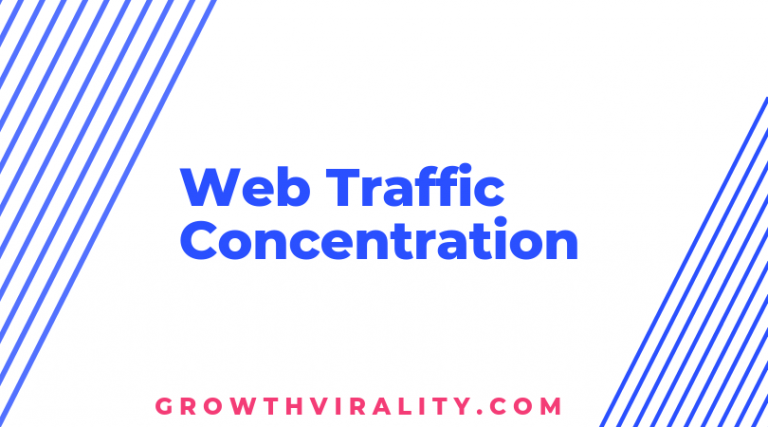
Website Traffic Leads Ratio
The Website Traffic Lead Ratio helps the marketing team on measuring how many of the site visitors are being converted into leads.
Get 2 free no-fluff marketing strategies every week in your inbox.

The returning visitor metric is the percentage of visits from people who have visited your website before. The returning visitor metric is measured as the number of visits from returning visitors that is divided by the overall number of visits.
When the returning visitor metric is measured for a group web pages or individual web pages, it only tells what content is seen by returning visitors. Compared to visits per visitor, returning visitor metric does not tell which content is seen frequently by similar visitors.
See that when you have three or more sites under the same account, return visits could source from visitors who are new to the site you are assessing, but who have already visited one of your websites.
A visitor is determined through a cookie. That simply denotes that the return visit rate is inaccurate by visitors who don’t accept and/or remove cookies.
Even if someone did not convert as a new visitor, you have sufficient impression to get them to come back. That denotes the conversion procedure on the return visit will be simpler than it might be the first time they discover your website.
You will need to separate the return visitor conversion rate and determine how to boost that.
Marketing Roles
Variations
Return visitors
Unique visitors
Target Audience
Digital Marketing KPI Examples

The Website Traffic Lead Ratio helps the marketing team on measuring how many of the site visitors are being converted into leads.

As the name tells, web traffic sources are the source, which is sending your website traffic.

A metric used to measure the site visitors ratio on a single, particular page on the website versus over the total site visitors.
Join Our Newsletter
Learn & grow with FREE marketing guides & tips from the greatest marketers.